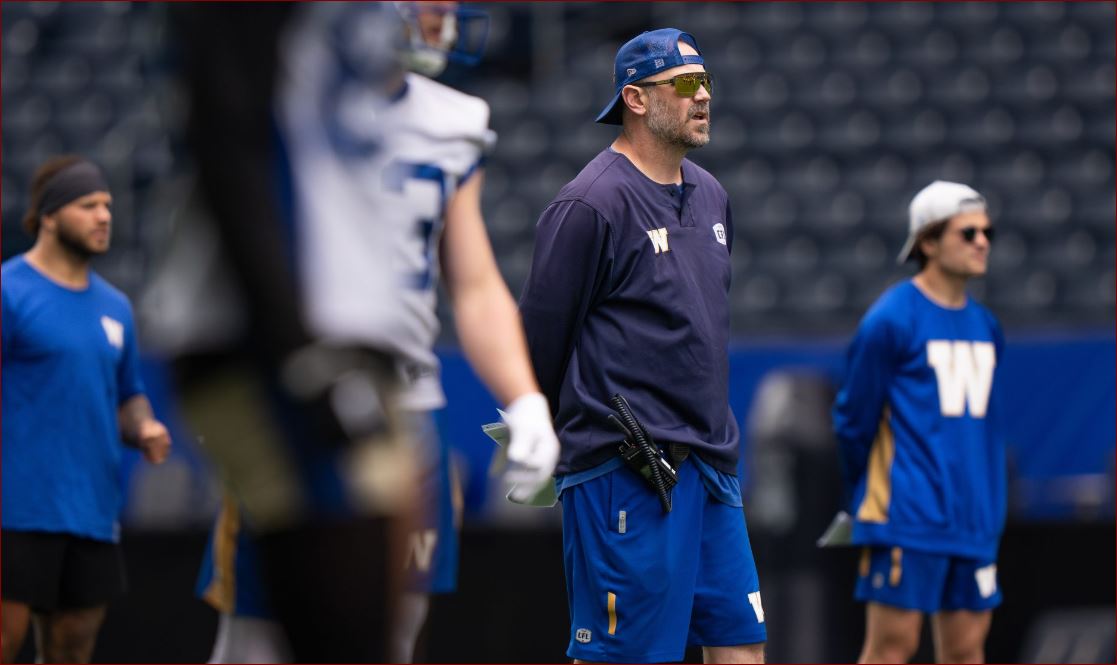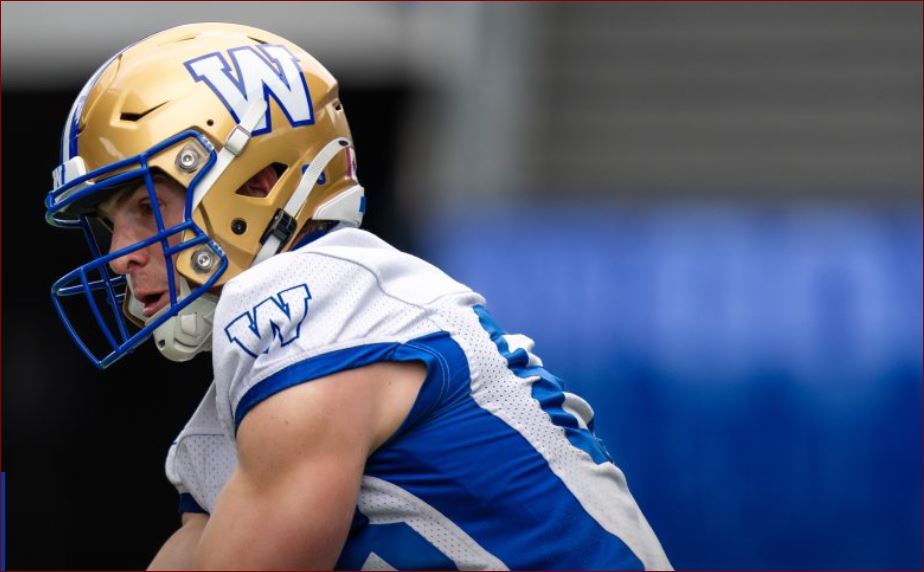
For months, the consensus of draft prospect rankings has consistently placed Georgia outfielder Charlie Condon and Oregon State second baseman Travis Bazzana at the top. While in most leagues these two would be the first and second picks, Major League Baseball’s selection process differs, allowing top talent to potentially slide down the rankings. This is precisely what occurred in the latest mock draft by Baseball America. According to Baseball America’s projection for the 2024 MLB Draft, the Oakland A’s are set to select Bazzana with the fourth overall pick.
The A’s have favored position players in the first round for nearly a decade, having not chosen a pitcher with their top spot since A.J. Puk (6th overall) and Daulton Jefferies (37th) in 2016. There are a couple of reasons for this strategy. Firstly, the organization expresses confidence in their capability to identify and nurture pitchers, as demonstrated by their track record of player development. Additionally, they might prefer to have access to advanced metrics from the minor leagues before targeting a pitcher.

The A’s have acquired several promising pitchers through recent trades, some of whom have shown significant potential. The article points out that the A’s have received praise for their ability to develop players, including Joey Estes drawing comparisons to Tim Hudson after a recent start and Lucas Erceg, who was acquired from the Milwaukee Brewers system and has become a key bullpen contributor. Readers might question why Bazzana would fall to the A’s at the fourth spot.
Sometimes in the MLB Draft, teams select a player a few spots early in an attempt to sign them for less than the pick’s value, a tactic known as an “under slot pick.” In this year’s Draft, the first overall selection has a slot value of $10.57 million, and it’s suggested that Cleveland could offer a top-10 talent from the 5-10 range more than they would typically receive, while saving money for the rest of the draft. Baseball America speculates that West Virginia shortstop JJ Wetherholt could be a candidate for such a strategy, potentially signing for $8.5 million as the top overall pick, saving the Guardians $2 million for later use.
Teams engage in this practice to acquire a talent that may not be willing to sign for their draft slot, thus having more resources to pursue a first or second-round talent in the following rounds due to other teams passing on them because of sign-ability concerns. Last year, the A’s employed this approach by selecting Jacob Wilson at sixth overall, saving $1.1 million, and then using some of the saved funds to pick Steven Echavarria early in the third round for $2 million over slot value.
Regarding Bazzana, some scouts regard him as the best overall prospect in the draft. The 21-year-old Australian has posted exceptional numbers at Oregon State, including a .407 batting average, a .568 on-base percentage, 28 home runs, and an impressive ratio of 76 walks to 37 strikeouts, resulting in a 12.5% strikeout rate. These statistics highlight why scouts consider him the top player in the draft. Should Bazzana fall to the A’s, they should eagerly select him with the fourth overall pick.

“It’s about putting in the work. I told the guys, ‘I may not know how to do a lot of things in life, but I know how to knuckle down and work.’ We’ve got a lot of hard workers in our group. Our guys are eager to move on to the next week, analyze our performance, and then go out there and perform again.
“We need everyone moving in the same direction. When all 12 guys are aligned and communicating effectively, things look promising. If there’s any lack of focus during a drive, it can take us off the field. We need to start stronger, and that’s something we discussed this week.”
During a 13-minute media briefing, head coach Mike O’Shea was asked if there’s a specific quality or mindset his team needs more of at the moment.
“No, I’m satisfied with our guys,” he replied. “Two results don’t change my opinion of these guys and where I believe we’re headed.”
When asked if the team needs a spark, O’Shea playfully responded by saying, “Ah, are we going to shuffle the lines, then? Move the fourth liner to center and position him between this guy. Let’s go for it.”
He continued with a smile, “Yeah, it doesn’t work like that. Each week, when we review everything, we examine what we’ve done well and where we fell short. Everyone—players, coaches, everyone involved—strives to improve a little from that and also enhance their existing strengths.
“It’s not just about catching up; it’s about staying ahead. It’s about identifying what we need right now.”

Leave a Reply